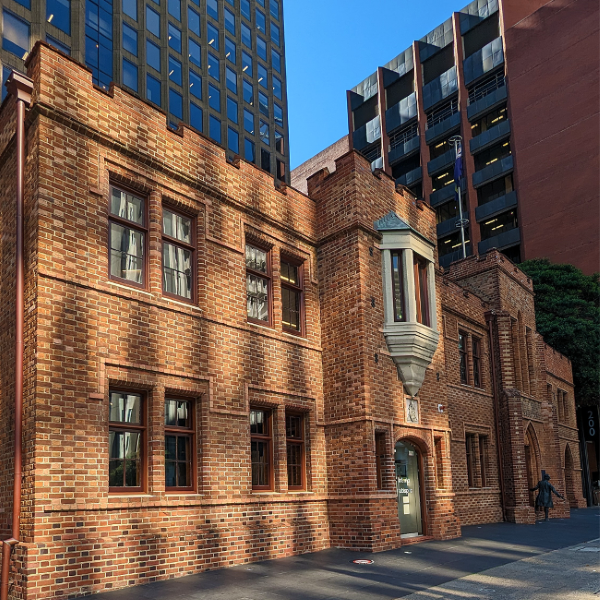
The Origin of the ‘Office Desk’…
Have you ever stopped to consider where the idea of the office desk you sit at each day came from?
Of course, desks of some description have been in use since the earliest of times, but the office desk as we know it has evolved over more than three centuries with many revolutions along the way.
The origin of the word ‘desk’ has been traced back to mid-14c., from Medieval Latin desca “table to write on”. It has been used figuratively of office or clerical work since 1797.
The beginning of the office desk as we know it today was in the 17th century where the primary requirement at the time was just to create documents. Thus desks did not need to be very large; just a writing platform supported by legs, a simple seat and provision for the tools required for converting the spoken word to paper.
The surface of the desk often incorporated an integrated receptacle for the inkwell, an essential in the days before the invention of ballpoint pens.
Office desks in this period were custom-built works of art and mostly hand-crafted by a skilled woodworker from the common timbers available in the region. Usually the desk was crafted to match the status and budget of the user.
As time went on, so did the use of these office desks… Next time we will bring to you the developments of the 18th century…
The evolution of the ‘Office Desk’…
Roll-top, standing and even kneehole?…The ‘Office desk’ continued to evolve throughout the 18th century…There was more than just writing to be done on the office desk now.
Of course writers were still required, but now there were also plans to be drawn for building and other design projects. This led to the introduction of an adjustable work surface where the worktop could be angled as desired.
In addition to providing just a writing surface, storage facilities such as drawers and pigeon holes for documents were being integrated into the office desk.
The ‘kneehole’ desk was developed in England in the early 18th century. It’s top was supported by two banks of cupboards or Office drawers, separated by a space for the legs of the person seated at the desk.
Towards the end of the 1800s, the need for security of documents and personal belongings in the office saw the introduction of the classic roll-top desk. These desks had a rigid enclosed back and sides and a rolling flexible cover that rolled down to the front of the desktop where it could be easily locked each night or when not in use.
Another particularly interesting development of the 1800s was the introduction of the standing desk. Standing or book-keepers’ desks as they were often called, were sold from the1840s until after 1900.
Book-keepers often stood while they worked, as their occupation required them to use large and heavy ledgers. The constant necessity to move from desk to desk to view and post information in these ledgers made it inconvenient and cumbersome to perform their tasks while seated.
The standing desk had a sloped top to hold the books and generally an integrated rack to store the indexes and items they used in their tasks. As time went on, so did the world. The Industrial revolution largely shaped the changes to the office desk in the 19th century…
Next time we will bring to you the developments of the 19th century…



